Understanding Clubfoot: Clinical Features, Diagnosis, and Evaluation in Newborns

Clubfoot, also called Congenital Talipes Equinovarus (CTEV), is considered one of the most common inherited lower limb deformities, which is generally seen in newborns. It is a structural deformity that was present at the time of birth, but if it is not recognized and treated appropriately, it can lead to lifelong disability. For taking concern […]
Decoding Adhesive Capsulitis: Dr. Harpreet Singh’s Step-by-Step Guide to Clinical Mastery
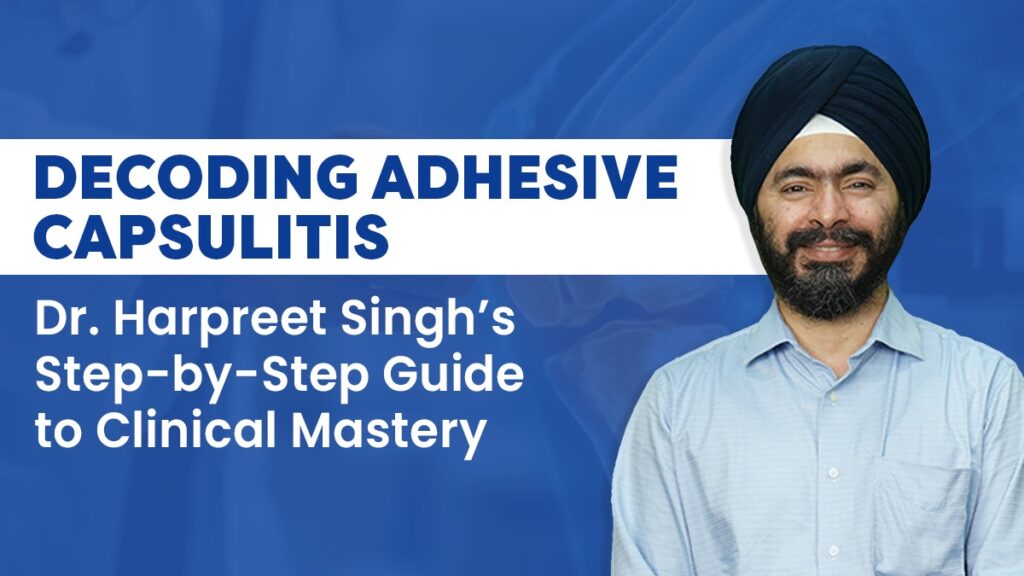
If you’re asked to discuss or diagnose a case of adhesive capsulitis (frozen shoulder) in your exams or wards, there’s a certain structure that can make all the difference. Dr. Harpreet Singh, known for his clear, concept-driven teaching, explains exactly how to approach such cases — from history taking to examination and management — just […]
Elevate Your Orthopedic Skills with Conceptual Orthopedics Upcoming Courses
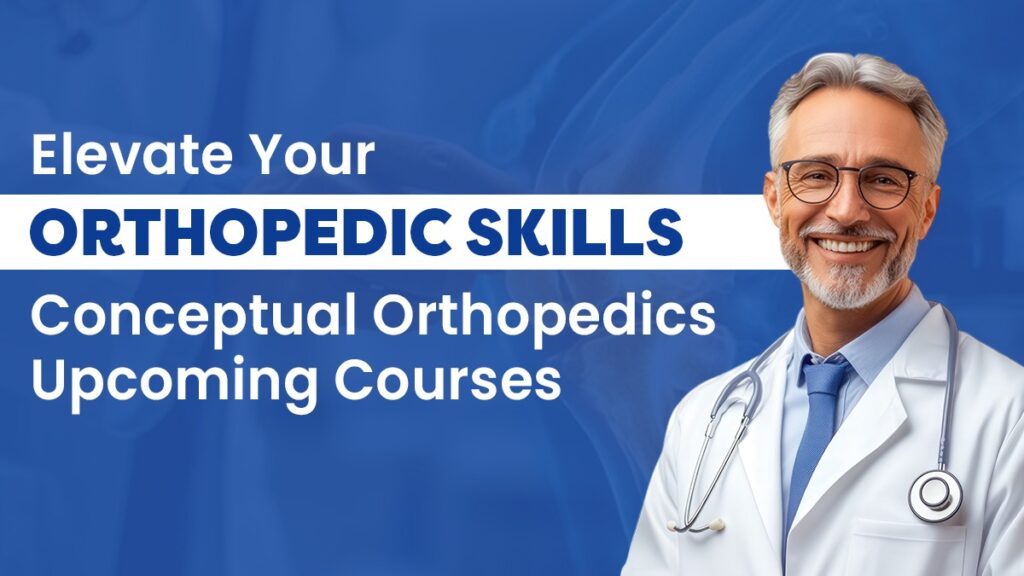
A Chance to Enhance Your Knowledge & Skills in the Field of Orthopedics Are you a budding orthopedic professional eager to take your expertise to the next level? Conceptual Orthopedics invites you to be a part of its highly anticipated signature programs. A series of live events and hands-on workshops is held across India. While […]
How Dr. Aakash Sachdeva Cleared DNB Orthopedics with Conceptual Orthopedics?
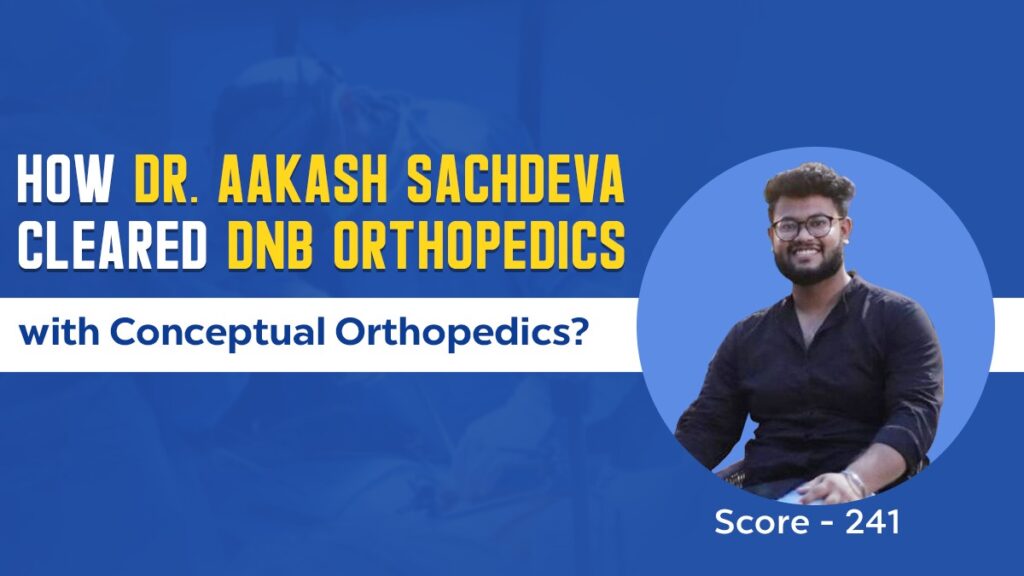
How Dr. Aakash Sachdeva Cleared DNB Orthopedics with Conceptual Orthopedics? Passing the theory exam of DNB requires concentration, hard work, and proper guidance. Today, we are feeling so proud that our premium subscriber, Dr. Aakash Sachdeva, passed the DNB theory exam milestone through his hard work and with the guidance of Conceptual Orthopedics as his […]
Dr. Nairutya Oza (Score 221) Shares His DNB Theory Exam Preparation
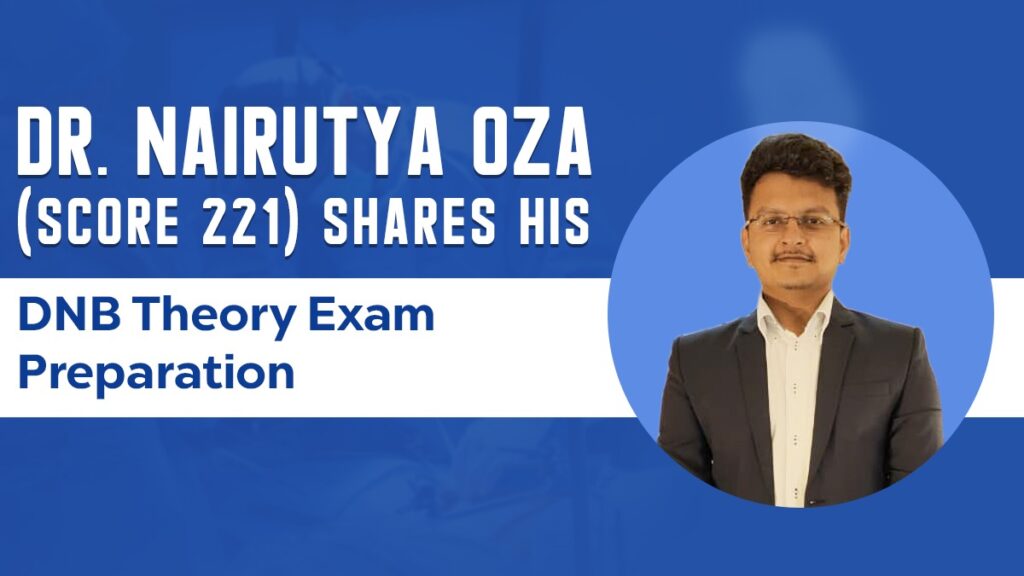
Dr. Nairutya Oza (Score 221) Shares His DNB Theory Exam Preparation Starting a pediatrics residency is both exciting and overwhelming. From cracking one of the toughest entrance exams to finally stepping into your dream speciality, the journey ahead is packed with learning, challenges, and opportunities to grow — not just as a doctor but as […]
From Ukraine to Dwarka: How Dr. Samarth Shined with Conceptual Orthopedics
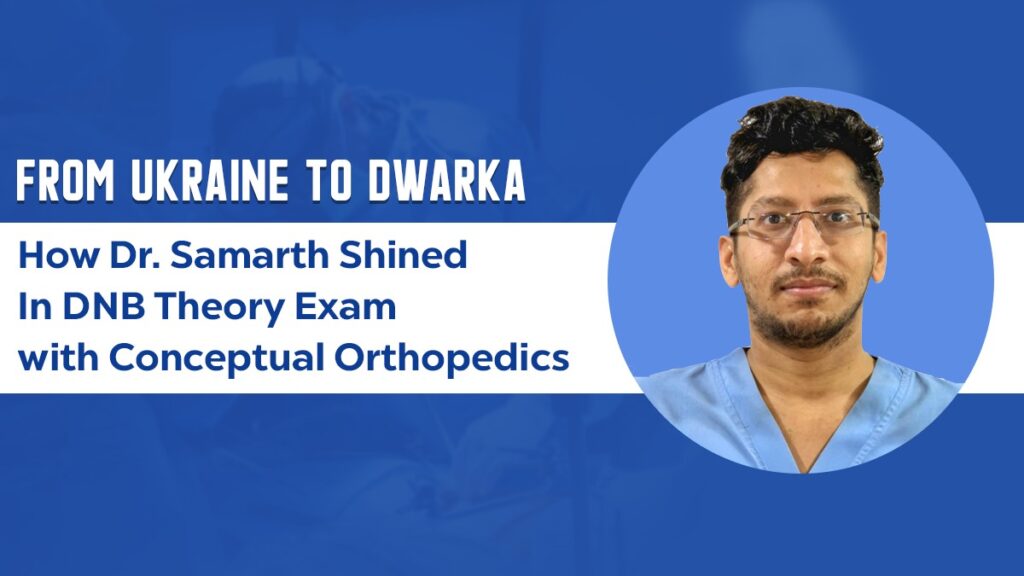
From Ukraine to Dwarka: How Dr. Samarth Shined with Conceptual Orthopedics Every resident has their own story of hard work, resolution, and the right guidance. For Dr. Samarth, a final-year orthopedic resident at Akash Healthcare Institute, Dwarka, New Delhi, that story recently reached a milestone when he scored remarkable marks in his DNB Orthopedics theory […]
From Residency Challenges to Exam Success: Dr. Kunal’s Journey with Conceptual Orthopedics
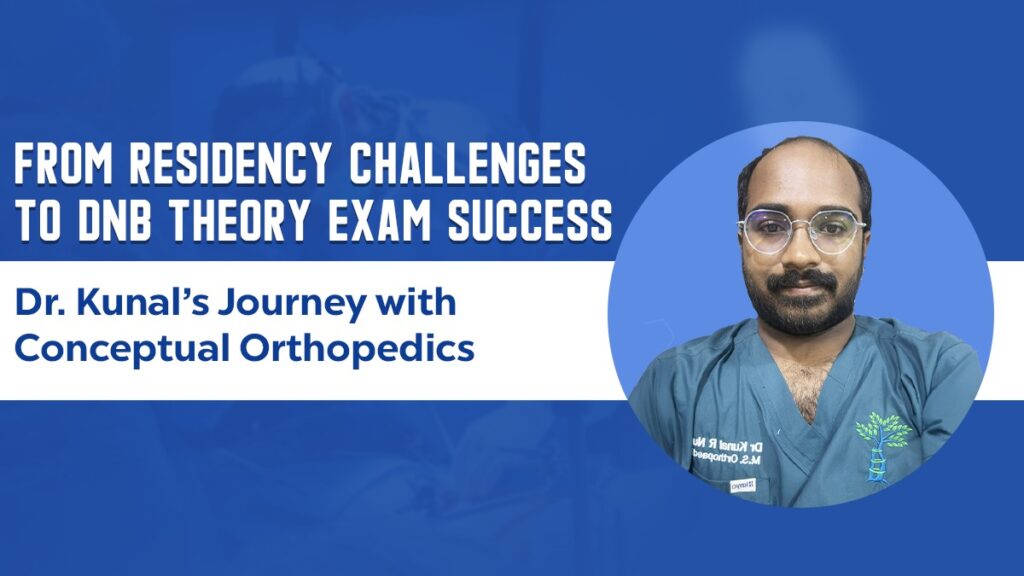
From Residency Challenges to Exam Success: Dr. Kunal’s Journey with Conceptual Orthopedics When it comes to cracking exams like MS and DNB Orthopedics, it is not a small thing; it is inspiring more than any advice. In this heartfelt conversation between Dr. Harpreet Singh from Team Conceptual Orthopedics and Dr. Kunal, a young orthopedic surgeon […]
The 6th CO PG Course: A Clinical Learning Celebration That Raised the Bar
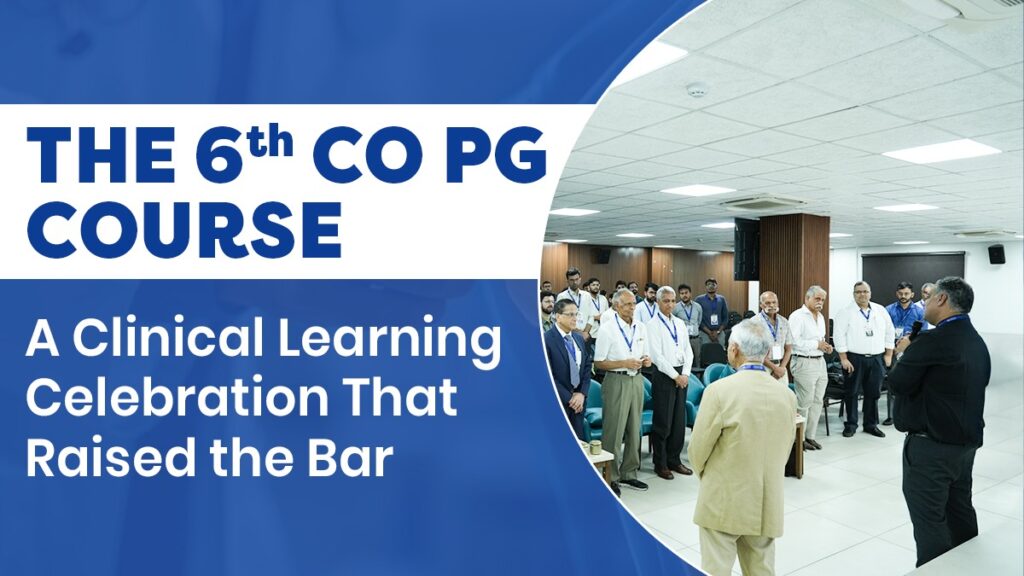
The 6th CO PG Course: A Clinical Learning Celebration That Raised the Bar The 6th edition of the CO PG Course wasn’t just any course— it was a powerful blend of gratitude, education, and clinical clarity. After five consecutive successful editions, this year’s course came with something unexpected and unforgettable: And guess what? It was […]
CO Trauma Pinnacle Course – The Leap Every Trauma Surgeon Needs
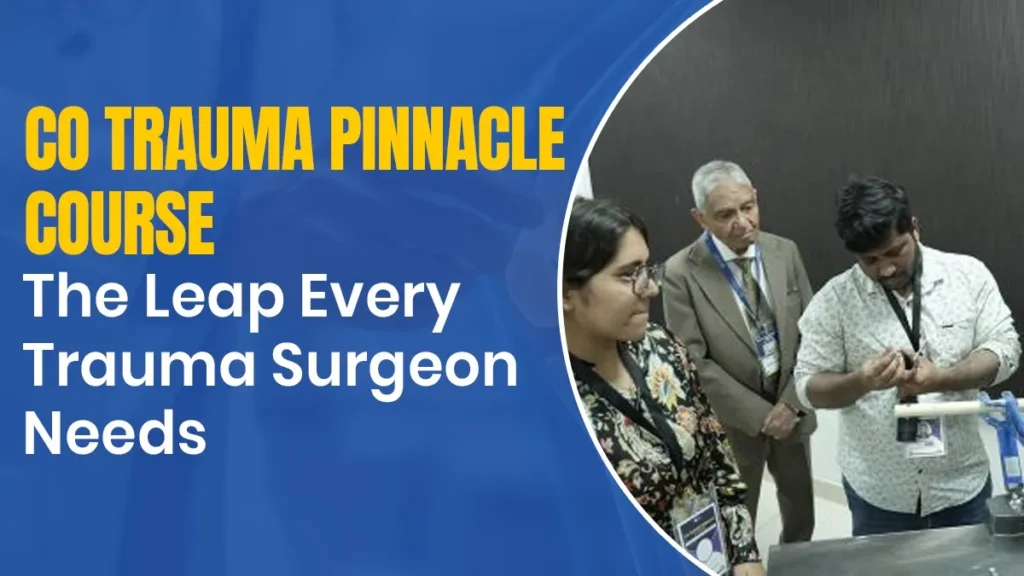
CO Trauma Pinnacle Course – The Leap Every Trauma Surgeon Needs If you’re truly committed to becoming confident in orthopedic trauma surgery, there comes a point when watching videos and attending webinars isn’t enough. You need to pick up the instruments, work with experts, and apply what you’ve learned in real time. That’s exactly what […]
Fixing More Than Bones: What Orthopedics Residency Teaches You
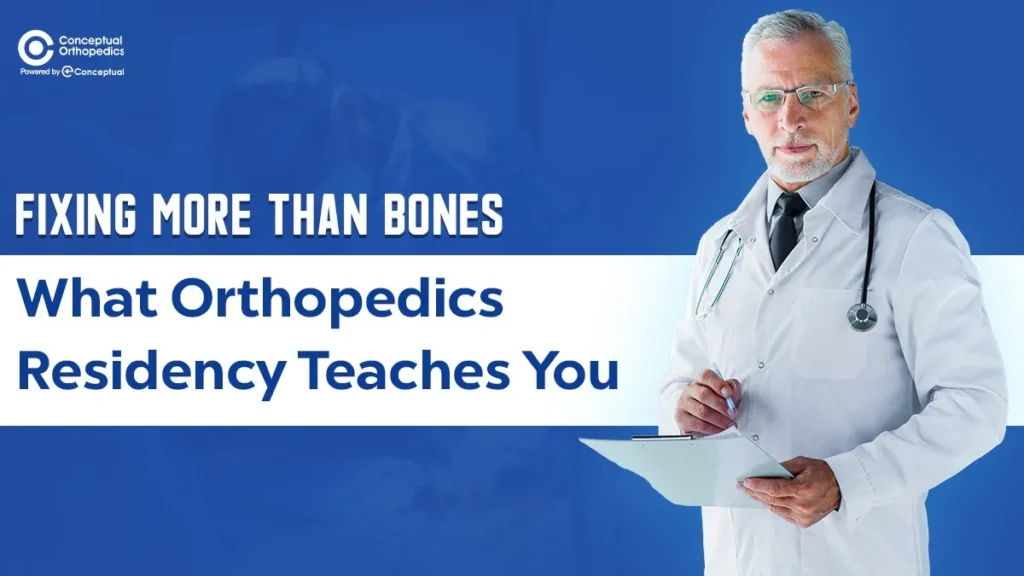
Fixing More Than Bones: What Orthopedics Residency Teaches You The path of an orthopedic resident is unlike any other in the field of medicine. Defined by high-impact trauma cases, long surgeries, and a steep learning curve, orthopedic residency is both intellectually demanding and physically intense. Orthopedics is a medical specialty that restores mobility, function, and […]